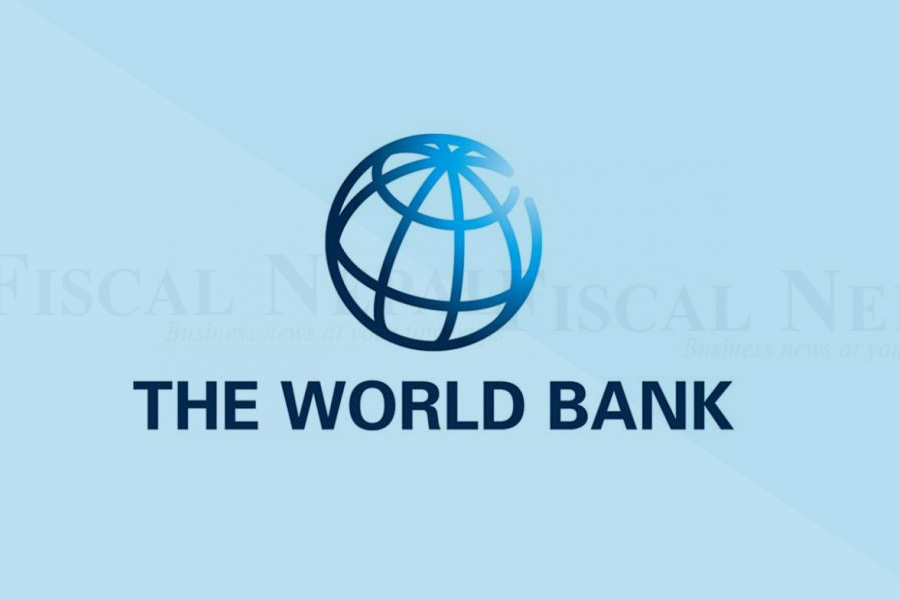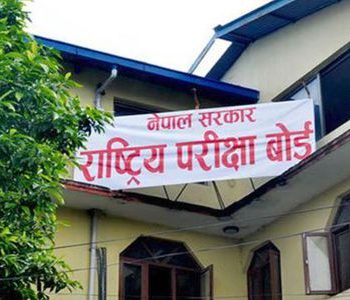Nepal’s consumer price inflation expected to remain elevated at 6.7% in FY24

KATHMANDU: Nepal is bracing for continued high consumer price inflation, projected at 6.7% in Fiscal Year 2024 (FY24), nearing the central bank’s ceiling of 6.5%. The World Bank attributes this persistent inflationary pressure to various factors, including the removal of value-added tax (VAT) exemptions, India’s restrictions on food exports, and an uptick in paddy minimum support prices.
However, a modest decline in inflation is forecasted for subsequent years, with rates expected to ease to 6% in FY25 and further to 5.5% in FY26. The anticipated moderation is attributed to global commodity price stabilization and domestic price containment efforts through monetary policy adjustments.
Moreover, the World Bank suggests that a potential decrease in inflation in India could contribute to reducing domestic inflation via the currency peg, thus mitigating imported inflation.
The Nepal Development Update (April 2024), released by the World Bank, also outlines a rebound in economic growth, with projections indicating an increase from 1.9% in FY23 to a forecasted 3.3% in FY24. Looking ahead, growth is expected to accelerate further, averaging at 5% over the FY25-26 period.
This recovery is primarily driven by monetary policy relaxation, assuming effective utilization of private sector credit. Additionally, reforms aimed at enhancing the business environment may attract more private investment, thereby bolstering medium-term growth prospects.
The services sector is poised to emerge as a key growth driver, particularly benefiting from increased tourist arrivals. Notably, the accommodation and food services sub-sector is anticipated to experience significant growth, supported by ongoing construction activities of new five-star hotels and government initiatives facilitating real estate loans.
In the industrial sector, expansions in electricity generation capacity are expected to create a conducive environment for industrial activities, contributing to overall sector growth. However, agricultural growth may witness a slowdown due to various challenges, including the outbreak of lumpy skin disease among livestock and a decline in paddy production growth.
The Nepal Development Update also addresses fiscal and external sector dynamics, emphasizing the need for prudent fiscal management to stimulate economic growth and enhance international competitiveness to diversify external earnings sources.
Additionally, the report underscores the importance of consistent monetary policy to bolster confidence and stimulate economic activity, alongside efforts to address non-performing loans in the financial sector to strengthen financial stability and support private investment.













Facebook Comment